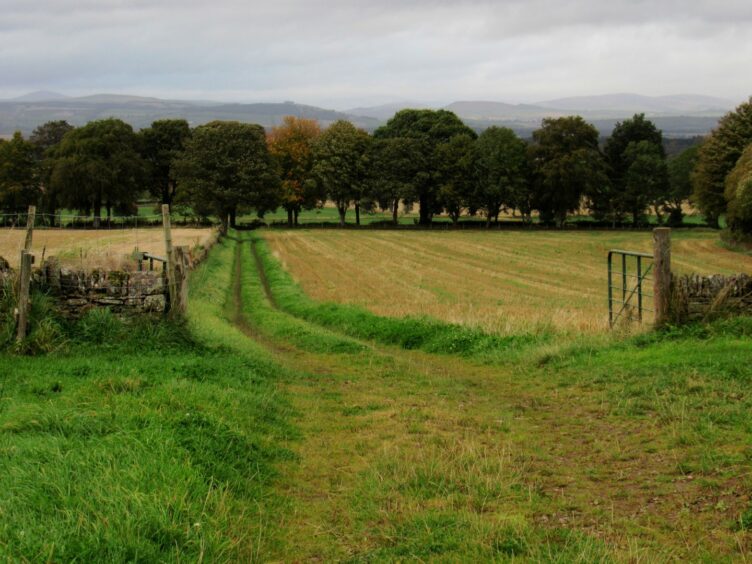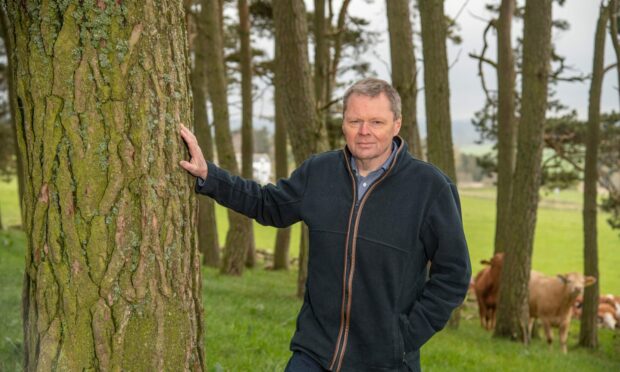NFU vice-president Andrew Connon has said that future grant support for forestry must become more farmer-friendly as members remain ”deeply concerned” about the volume of productive land being planted.
Following a six-week survey of members, the union has also used its response to the Scottish government’s consultation on the Forestry Grant scheme to reiterate its concerns over the award of planting grants to establish trees on productive farmland.
Mr Connon also called on the government to cut out red tape and support the establishment of smaller areas of trees and hedges that can integrate into farms and crofts.
“We have hugely ambitious targets for tree planting in Scotland and farmers and crofters have a huge role to play in that. However, forestry targets must recognise that we need to have the right tree in the right place,” he said.
“Members remain deeply concerned about the volume of productive land in Scotland that is being taken out of agricultural production for trees. This loss of productive land is regularly supported by the existing forestry grant scheme.”

“There were comments that large swathes of productive farmland are being bought by private investors looking to offset carbon emissions in their own industries. There are fears that this is not being done with food production, climate or nature in mind, but a way to satisfy individual business interests at the expense of rural Scotland. We feel that ‘greenwashing’ remains a huge concern for our members.”
He said that on future budgets for planting, the majority of members believe food production should be the priority for the agriculture budget.
“Forestry and woodland funding should not dilute this and come from a separate funding stream,” he added.
“Of those respondents who have had experience of applying for forestry grants, the vast majority found the current process complicated, expensive, time-consuming and ineffective.
“A lack of support from Scottish Forestry advisors saw many having to employ consultants to complete applications. That has been prohibitive and must change if we are to encourage small-scale planting.
“We need an easier application process, less red tape and support for smaller areas of woodland, shelter belts and hedgerows that we can integrate into existing agricultural activities.
“We will continue to engage with Scottish Forestry on the development of the grant scheme to ensure it’s workable for farmers and crofters.”
